Emily Miller learned about green burial as a twenty-eight year old mortuary student. Today she runs the first dedicated green cemetery in Colorado. This is the story of how Emily conceived of and started Colorado Burial Preserve in eighteen months and what she hopes to accomplish next.
Emily is among the first to earn the Green Burial Council’s “Certificate of Proficiency in Green Cemetery Operation“. I met Emily through the Green Burial Masterclass, and we spoke in May 2022 over Zoom. Below is a transcript of our conversation.
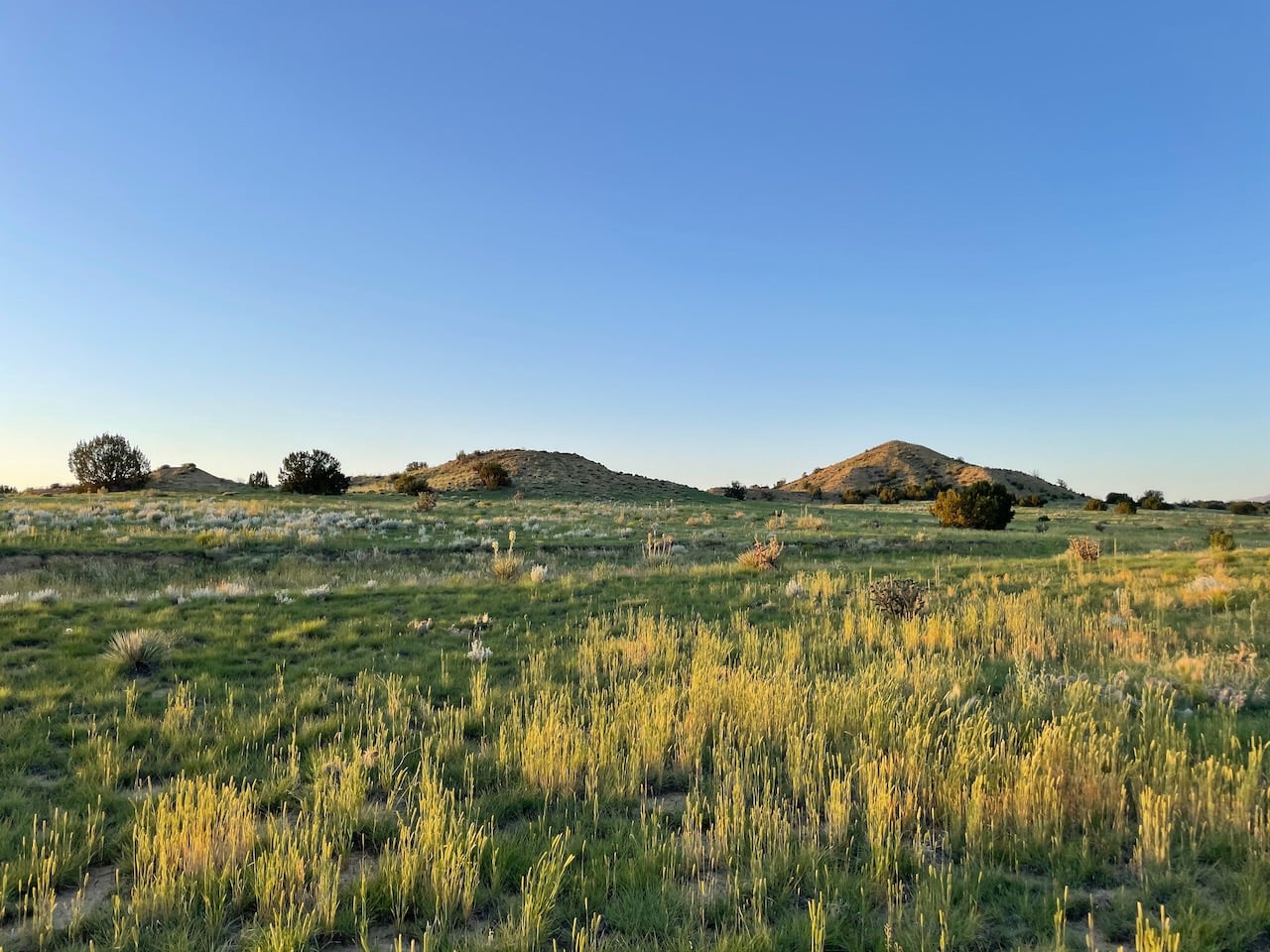
BRIAN: I’m really excited to hear more about Colorado Burial Preserve. Can you start by introducing the business?
EMILY: Sure. Thank you, Brian. I founded Colorado Burial Preserve because I was disappointed with the options for green burial, for natural burial, for Colorado families.
I was working as a funeral director and funeral home manager. When, I encountered a family who had had a sudden passing and their wish was green burial, but they hadn’t done any of the, you know, advanced work. So I launched on a research project to try and help them. And, you know, ultimately we buried the guy in a beautiful spot, but they mow the lawn there.
They allow shroud burial, but it’s in an environment that’s not dedicated to green burial, and I found out that that’s the case in a lot of places here in Colorado. Kind of the best you can do for green burial is hybrid burial. There are, you know, several places that will allow green concessions, but in the end, their mission is to be a cemetery. You know, like a place with the artificially green grass and et cetera, and rows of, uniform headstones and et cetera.
So, I perceived there was a need here or a wish in Colorado for a wild place, that’s naturally kept that you could have as your final resting place. We are a state of people who love the outdoors, who treasure our mountain views, who really, I think if given the option would pick an option that would help the environment.
But because of the strength of the traditional industry here and other factors, zoning money, et cetera, you know, natural burial was behind here. Especially in a conservation environment. So I left the world a funeral service to bring this option to market. I feel it’s a little of a, almost like an environmental justice issue, and also there was the people who are having a death, like the family I helped back when I ran the funeral home. If that’s something they want and it’s not available to me, that’s a problem. It’s not fair to the families that are having a death and the earth that it’s not even a possibility here. So anyway, now it is, it took me about a year and a half between coming up with the idea, shopping for the land, all of the sort of business side of being able to make it happen, zoning, you know, et cetera, et cetera with the county.
But anyhow, I helped that family in December of 2019 and we opened the burial preserve for interments in August of 2021. So that was recently. We are brand new here, but you can now say, that you can be buried in a wild, final resting place in Colorado. We’ve got a lot still yet to go in terms of construction and development and cetera, but the graves are ready to go. We’re a functioning cemetery now.
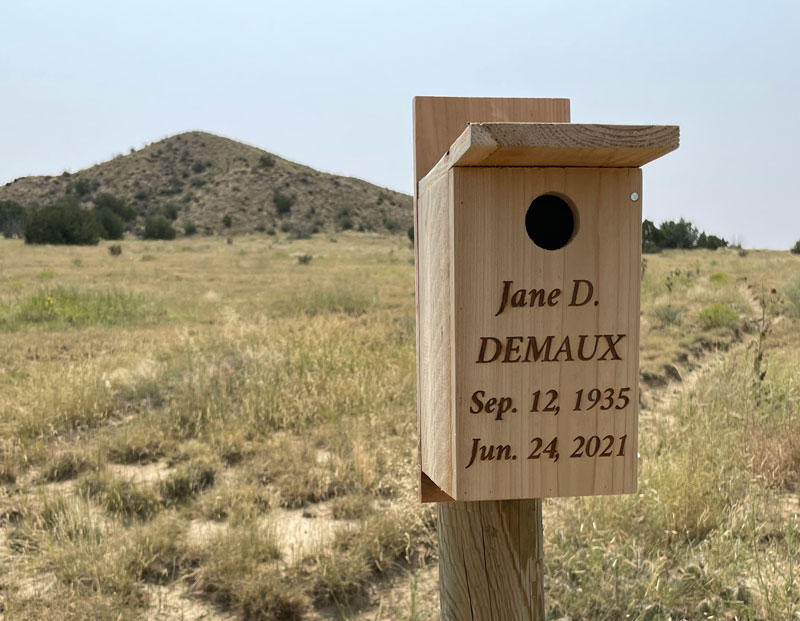
BRIAN: I feel like a year and a half is really fast. You probably had a lot to do. What were some of the things that had to get taken care of?
EMILY: So, one of the biggest hurdles of any sort of new cemetery opening project is jurisdictional is zoning and regulatory. I am motivated by this need to help the folks who, you know, want this option when they have a death. And, with the pandemic on, I really felt an urgency to bring this option to this area. Because I started from that problem, we intentionally chose a place where the zoning was friendly towards becoming a cemetery.
I didn’t have to have any regulations changed or waived or reviewed or exceptions made anything like that. I have the statutory right by owning land here to create a cemetery. So, because the regulatory piece was going to be such a big hurdle, we used that to inform where the burial preserve had to be.
That saved months, at least, worth of, you know, petitioning and in Colorado in most counties, if you want to create a cemetery, you’ll need the cooperation and permission of all of the adjacent land owners who neighbor your area. And then plus the discretion of the county planning board, which can be a yes or a no for whatever factors they have in mind.
So, anyhow, I was able to skip that jeopardy, by finding here in Fremont county that agricultural land includes this statutory right to have a cemetery. We were lucky to also find a, a piece of land that was zoned that way that was in our price range. And it happens to be beautiful and also happens to have an important, ecological mission.
This piece of property has, in the past, been grazed too much has been grazed without sufficient management care. So there’s actually a lot of measurable good we can do for the earth here on our spot.
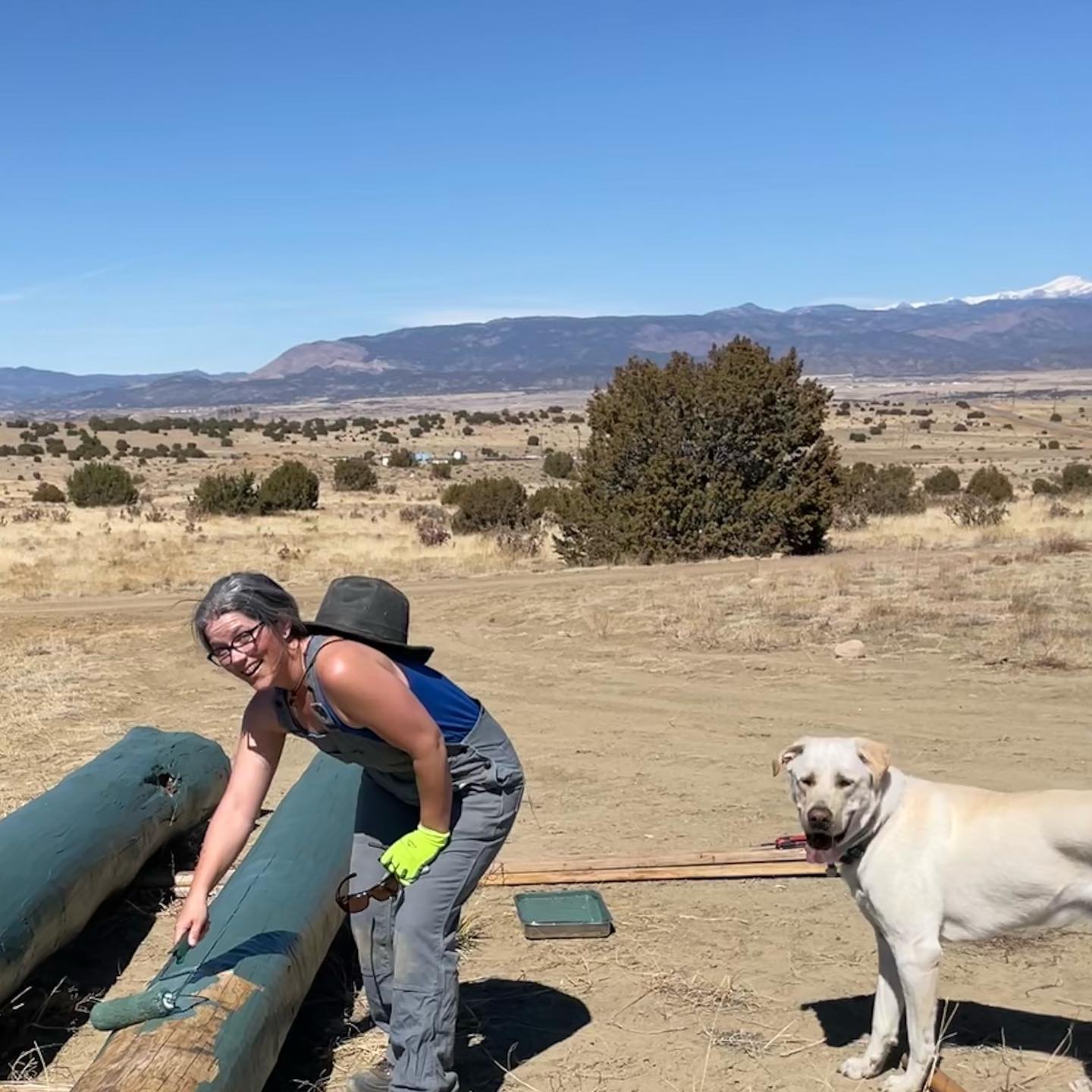
BRIAN: I bet you wear a lot of hats at the organization. What are the roles that you play and on a team such as yours?
EMILY: Right now it’s just me and my husband. I have a contractor that we’ve worked with to put in roads, we’re working on a building for the burial preserves. So I’ve got this guy on call that I can use for, you know, we try not to do much with heavy equipment.
I’m in a situation where I do wear a lot of hats. You’re right. At first it was this challenge of even, can I create the burial preserve? Can I do this legally here? Can I do this, in terms of logistics here? So it was a lot of research and problem solving. Once we crossed this hurdle of, well, I met all the state laws and I met all the jurisdictional requirements and I, you know, an endowment anyway, once we pass this minimum viable product, which was for me, a map of graves that you can use in case of a death and also a offer on, on pre-need – and once we’ve solved all the questions of, well, you know, how do we physically bury the person where and how, and when does the hole get made? What are the rules for memorialization? Now you’re a cemetery. Those are all done. My role has really changed into one of, outreach and education.
I like natural burial for myself, for my family. That’s obviously one of the reasons I pursued this work, but I didn’t find out about it until I was 28 years old, a student in mortuary college, studying funeral directing options. and I find that sort of, well, it’s telling about our society. I think it’s kind of surprising that this practice is, which is one of the oldest death practices, you know, anywhere in humanity, a simple grave and, and only biodegradable materials going in with the person, somehow our culture has lost this in the past few generations only, even though, if you consider all of, all of time it’s by far the majority. So, anyhow, this is to say that I think the idea of natural burial in a beautiful wild space is very easy to connect with emotionally.
When you explain it, it sounds obvious because it’s ingrained in the concept of burying someone. You know, we say ‘rest in peace’. It’s right there. Rest in peace, in a beautiful spot. Rest in peace in a place where you don’t mow the lawn three times a week, you know, just, it just, it makes a lot of sense to people.
But only if you know about it. And somehow we live in a culture where you can get to the age where your parents might pass away, where, you know, you’re going to other people’s funerals and your peer groups, and not even know that an unembalmed, no-vault burial is, not only a possibility, it’s a possibility where you might save money and help the planet.
So anyhow, I feel a strong pull here to spread the word that this movement towards environmentally friendly funerals, it’s sort of a no brainer. But only if you can pull the curtains on the dominant mode that the conventional industry of death care is providing for folks.
So that’s a lot of what I’m focusing on now: How can we spread this message that you can help the planet with your end of life?
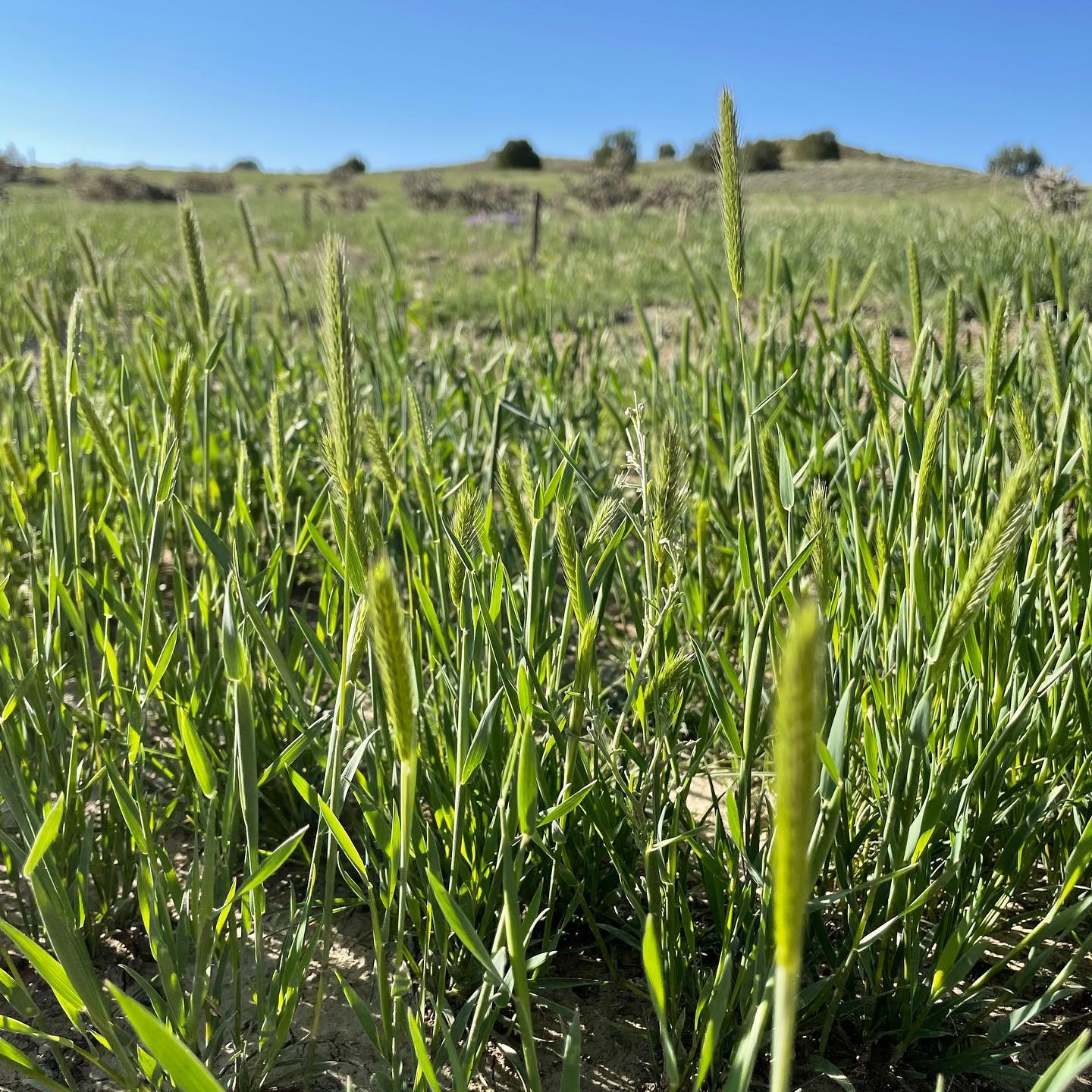
BRIAN: I’m curious about your long-term goals and vision. I mean, obviously it’s not like you got into this to get rich. but do you have a sense for what a sustainable business model looks like?
EMILY: I would like to have enough inventory. I have 80 acres of property at Colorado Burial Preserve and ultimately you could do, you know, many thousands of graves. So for the burial preserve in Florence, I hope to achieve some sort of, you know, standalone viability.
But I actually feel like I’m a little of a pathfinder here in Colorado, and that we have an opportunity to grow the movement. And that’s part of my long-term planning for Colorado Burial Preserve the management company. I mentioned I’m here in Florence because that’s where the regulatory environment allowed me to bring this to market quickly. So we’re about two hours from the greater Denver Metro area here in the front range of Colorado. And I believe we’re going to draw folks from all over the state because I’m the only cemetery right now who is putting conservation first who says, no, this is a native arid mountainous piece of Colorado, while also, you know, bringing in final resting places.
So, people are going to make this two hour drive if they care deeply about the environment and how their end of life choices affect the earth. But I believe there’s opportunity to do natural burials closer to, you know, where the vast majority of the people are living Colorado has an incredible variety of wild spaces that are already protected.
And, you know, some of them are legendary with these, you know, mountain hikes and, you know, vistas that you see on all the postcards. I believe that the conservation trusts and private land owners who are responsible for these areas, if they could only find out how natural burial can help the ecosystem on your land, it can help the community of people that support your nonprofit land, and it can bring some money to the operating fund of this preserved area. I really believe that if I can only just prove the numbers work, that we can convince some of these big time, you know, marquee open spaces in Colorado to add a small meadow for natural burial for their patrons.
To me, it’s a total win-win win. So that’s the sort of long-term, you know, if I could do anything. That’s what it would be. It’s to prove in Florence that a natural burial is good for the landowner and good for the people and good for the planet. And then convince the big time players in the cemetery funeral industry.
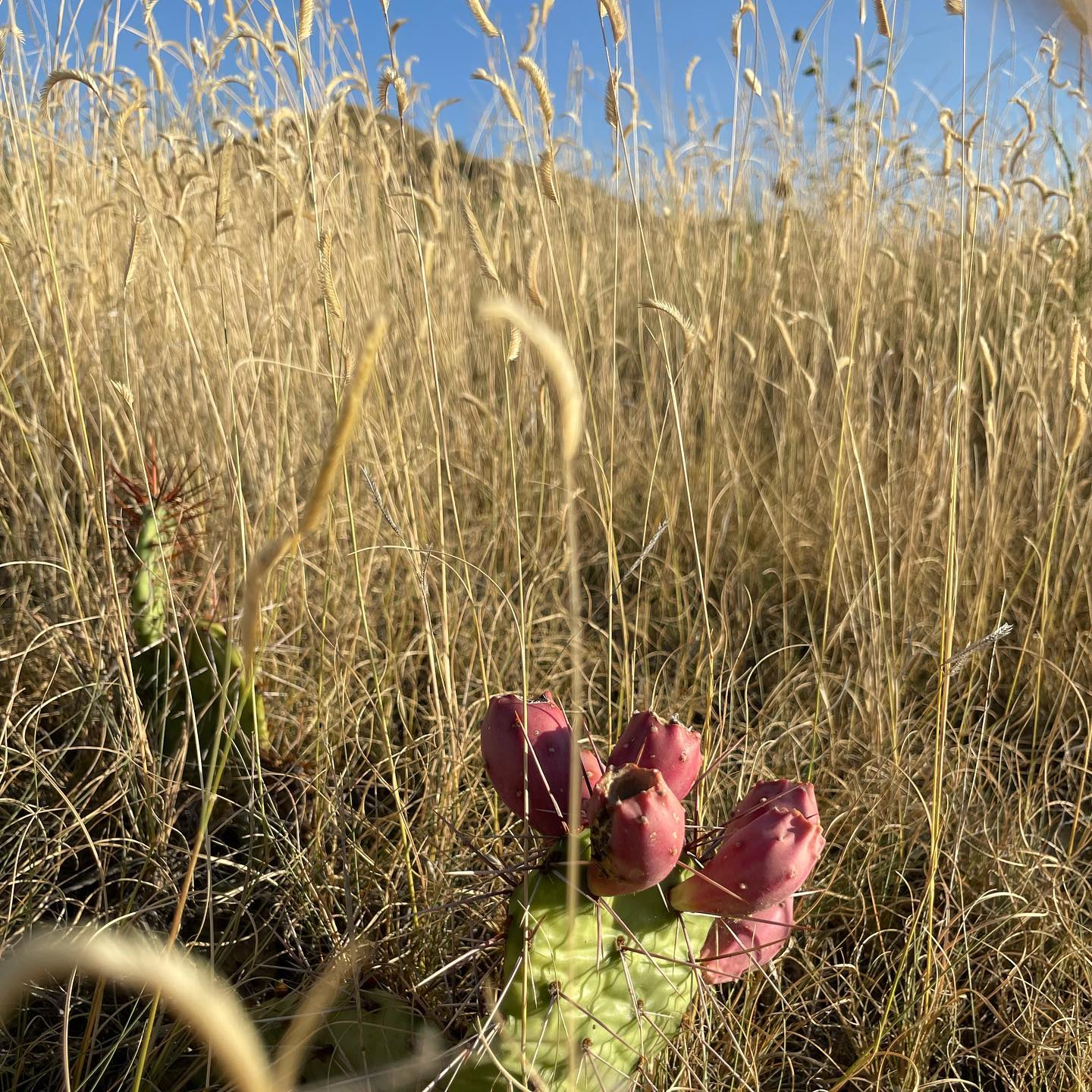
BRIAN: I spent a lot of the last 15 years in the solar industry and the technology around solar panels has come a long way, but it really was the financial innovation,of third-party ownership that allowed the industry to grow in a major way. And so I’m curious what the financial innovations look like, for green burial.
EMILY: What I want is to find people who already own their land because it’s huge speculation too, you know, months or years process to find out if county’s going to approve your cemetery.
BRIAN: What do you like best about the work and what are the challenges that you’d love to snap your fingers and just have them go away:
EMILY: Coming from funeral service, I love to work with families at the time of need, sort of individually doing the arrangements. That’s kind of my sweet spot from where I came from. A
So sort of realizing the dream that now, an earth-friendly burial option is possible for folks of Colorado. That’s for sure the fun part. And of course if, you know, it augers some financial success for the burial preserve, that is something I’m looking to establish as well.
Gosh, if I could skip ahead five years, it would be the cooperation and buy-in of every funeral home in the state. I, coming from funeral service, I thought that this would be, a big part of the beginning of my outreach and marketing and networking would be, oh, well, why don’t I talk to each and every funeral director and let them know: Hey, by the way, I’m on your side, but also, you know, there’s this new option. I think a lot of funeral folks are in it because they enjoy the gratification in helping people in their, in their darkest hour. A lot of people are in the funeral field because of the service. I’ve come to find out, a lot of them are pretty resistant to change as well.
I’ve had a very mixed reaction from funeral homes around my area, including some that won’t take my calls. Aren’t interested in having the conversation at all. And the thing is, okay, is natural burial a threat to conventional burial? Sure. you know, I am proposing that families do not need to spend that kind of money on a vault.
So if you are in the business of making your margins, your profits off the sale of the vault, I guess it is a threat. But what I feel like is, especially here in Colorado, the rate for direct cremations is sky high. The conventional burial numbers are falling rapidly while people are choosing cremation over and over again.
And I really believe they’re choosing cremation because they reject the vault, metal casket, church service funeral. They’ve been to those and they didn’t like them. And people think that cremation is the only option. So, I believe that we can change some of those cremations back into natural burials, if, and only if people are aware that it’s an option. Of course, cremation is terribly damaging to the environment in terms of the emissions, and scattering, which is the dominant thing to do with cremated remains here is, is very polluting in terms of, you know, pollution in the area, with the pH and the salt and all that from the remains.
So, I think that if people know that green burial is better for all these reasons, it’s aesthetically better than the old one you’re rejecting. And it’s better for the planet than your cremation. I believe that adding an option to the market is good for everybody, especially the communities and the communities are what support the funeral homes in the first place.
So, for all these funeral service entities that are rejecting or avoiding the conversation around green burial, shame on them. I’m not trying to take away your business. I’m trying to add an additional option. Something that you weren’t offering in the past. And that is burial at this conservation site where we are protecting wild habitat, the families, you know, they can still buy a casket, as long as it’s biodegradable, they can still have a reception, they can still buy the catering. They still get to pay you per mile to drive them out to the burial preserve. So, you know, I’m not saying don’t patronize your local funeral home. I’m saying, please patronize your local funeral home. And when you’re there, tell them it’s important to you to protect the environment with all your choices and things you have to buy. So, anyhow, I believe that the funeral homes of Colorado will eventually get on board, but in the meantime that’s been a surprising challenge how unwilling they are to even have the conversation.
So for the summer, when it gets too hot to do work in the preserve, I’ll be driving around to all those air conditioned, funeral homes, trying to get them to take a meeting with me.
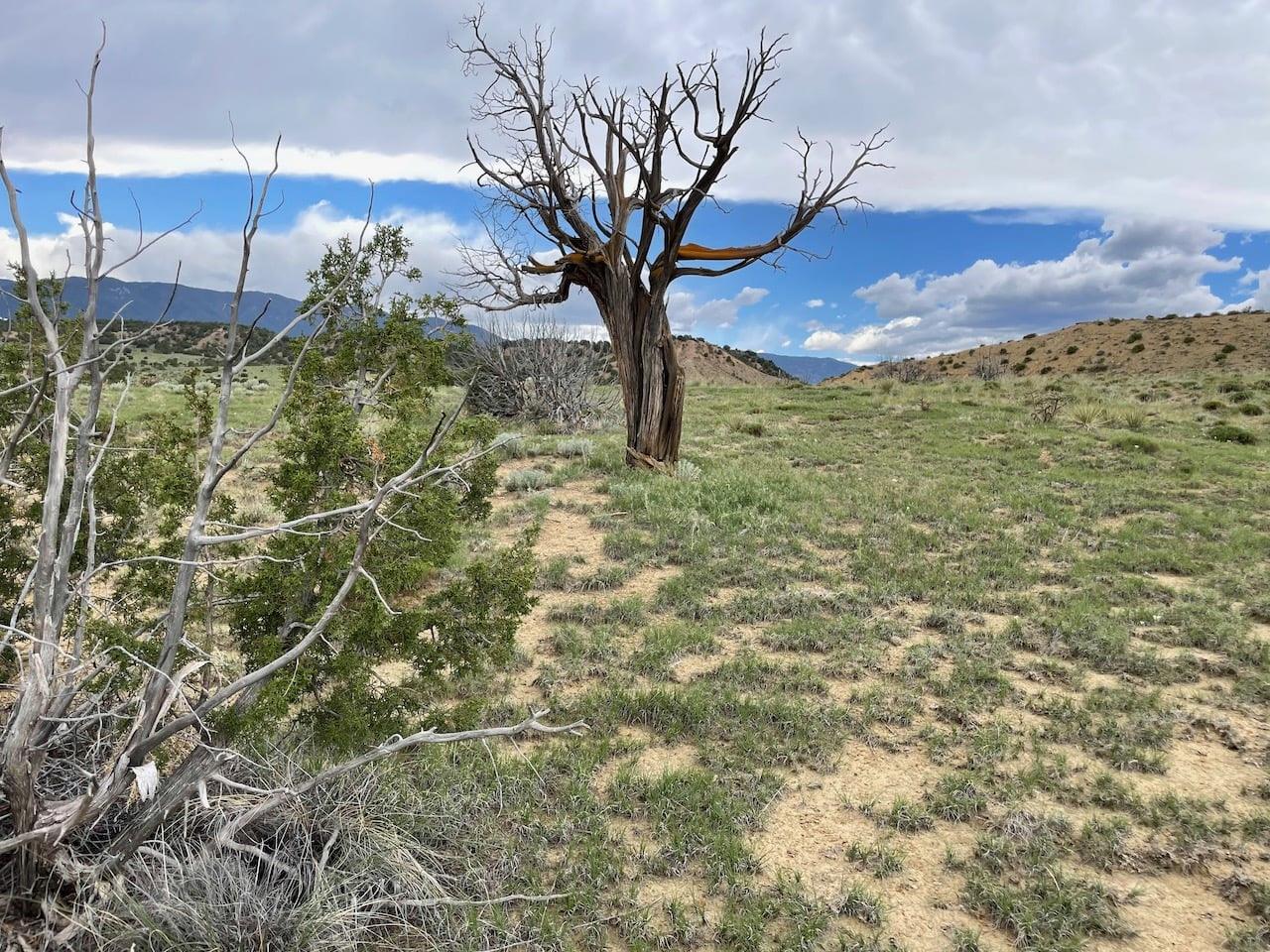
BRIAN: You and I met through the class Lee and Holly blue put together, the community around the green burial masterclass. And, as far as I know, you were the first to sort of earn that new GBC credential, the “Certificate of Proficiency in Green Burial Cemetery Operation”. So I’m wondering, what is the value that the Green Burial Council provides to you in the work you do?
EMILY: The Green Burial Council (GBC) was a big part of my vision from the onset. I wanted to bring green burial in a conservation setting to the front range of Colorado. so from the onset of that project, the goal was to be GBC-certified. I felt like, ‘Okay. starting a new cemetery in areas, not something that happens all the time.’ You know, sometimes it goes a hundred or 150 years before a new one comes. So, for me to be an outsider in this area and a newcomer to the, this side of the business, I wanted a little of institutional strength behind me to say, I didn’t just totally make this up on my own. The Green Burial Council approved me.
So I must’ve done at least a few things, right. So from even when we were searching for land, for the preserve, the idea was always to, to become certified. So in terms of the density requirements and the environmental impact analysis, all the sort of things you need to do to be a certified natural barrier of grounds, we were, we were planning from them for the beginning.
I sort of feel the same way about the, proficiency credential. Well, first of all, I’m a licensed funeral director. So we, from this field of licensees, we, we are in the habit of finding the qualifications, studying for the test, taking the test, renewing the certification. You’ll find a lot of funeral folks love their, their certificates. We’re used to having them on the wall. So, anyhow, a person who is predisposed to wanting the certificates, it made perfect sense to me to take this masterclass in green burial, cemetery operations, as another layer of assurance for my clients, you know, they ask all sorts of questions of a new cemetery.
How do I even know you’re legitimate? How do I even know you’re going to be here by the time my family needs you? Et cetera. So, anyhow, it just made a lot of sense for me to, to be able to point to this outside authority and say, you know, it’s not only me, doing this. We come from a whole line of experts, and I’m up to date with the latest and greatest, and what’s happening in this very old, very low tech field.
BRIAN: In terms of the class, was there anything surprising or new that you learned that, That maybe other people wouldn’t even know to expect?
EMILY: I would broadly categorize the content of a class into, things that were a bit of review for me, because I did it backwards: I opened my own cemetery and then I took the class on how to open a green burial cemetery. So there were a few segments where I was like, yeah, I actually just did that about three months ago.
Then there were other areas where, okay, now this is still yet a growth point for me. This is still yet on my to-do list. And I was very grateful for the perspective and examples and, levels of urgency behind some of those fields. In terms of things I’m still working on, that I was so grateful to have the perspective it’s, the whole customer experience. I have experience in the paperwork, the contracts, the point of sale, the kind of,things that you do sitting at a desk in a cemetery office, but in terms of, well, what do the guests, learn about and take away from the experience of a funeral at the natural burial cemetery.
I think that lies very close to this question of growing the movement as a whole. Making sure people find out about what the difference is, how it’s better than the alternatives, et cetera. so yeah, guest relations is, is one area where, oh, I found the class really invaluable because, the way it does relate to this overall growth of the movement, success of the cemetery, et cetera.
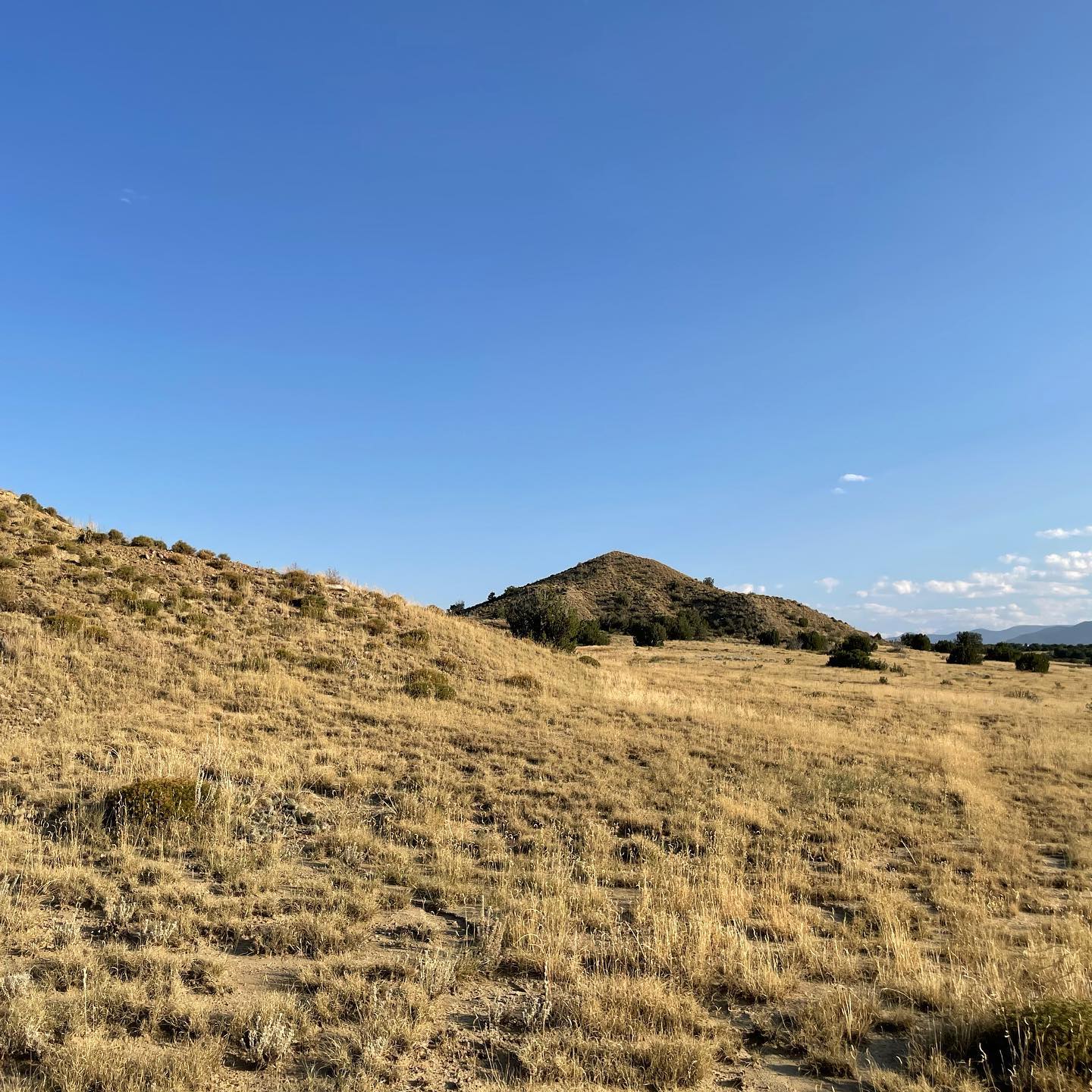
BRIAN: What’s next for you? And, is there anything that I can do to help?
EMILY: My immediate trajectory here is more of the same. We are, still yet working on the development of the property.
So what’s next is our hiking trails. And then with those go in, signage. And then we can be open to the public, not just as a cemetery, but as a nature-enjoyment spot, you know, that’s really part of my marketing plan. I hate to call it that, but it’s what it is, is if I can get people to come to the cemetery for any old reason just to see what a native piece of prairie looks like, for birdwatching, for exercise, to walk their dog, then you know, there’s some chance they may go home and have the talk with their family. You know, I didn’t even realize this was an option, but I think I might want it for myself.
The overall mission here is to make the cemetery. So we successfully made it a cemetery. But I’m trying to take it further and make it a community resource. For anything you need from the outdoors, from a wild nature preserve, including the memorialization and, funeral rituals and et cetera.
So if we had had this conversation a bit later in the process, I’d be saying, you know, the goal is really to figure out how to get people to come for the nature, for the hiking and et cetera. And that’s when really this, you know, outreach education, et cetera, et cetera, will kick off into full swing.
So in terms of what I need – it’s time machine and money. But,no, I think the Redesigning the End class and the community behind this movement is remarkable. It’s, you know, obviously going to be our greatest asset. So just to be connected on the social media and email lists and all the different things, the GBC is doing, oh, it’s been invaluable for me and I, I know it’s going to be more so the farther I get down this path, the more I’ll come back with and be able to share.
